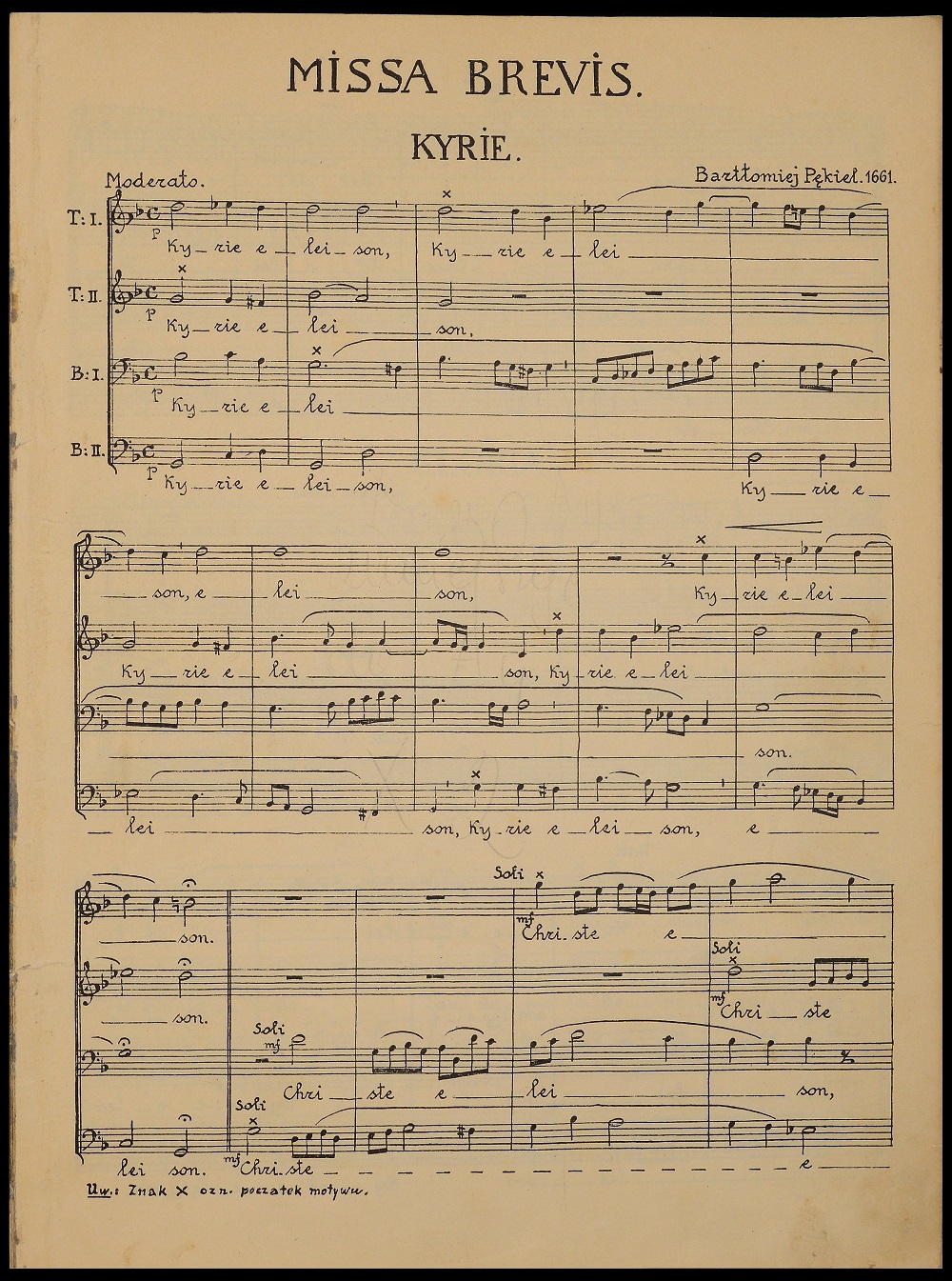The history of the Polish musical Baroque opens with Mikołaj Zieleński’s monumental collection
Offertoria et Communiones totius anni, published in 1611 in Venice. In his compositions, written for use during the whole liturgical year, Zieleński applies the polychoral technique characteristic of the Venetian school with Giovanni Gabrieli as its main representative. The mass cycles by two other eminent Polish composers of this period, Marcin Mielczewski and Bartłomiej Pękiel, also draw on the Italian style of the period. Pękiel was also the author of the first Polish oratorio,
Audite mortales, frequently compared with Claudio Monteverdi’s best known works such as the famous
Vespro della Beata Vergine. The new Baroque concertante style found its outstanding reflection in the instrumental works of Adam Jarzębski, violinist in the king’s ensemble, whose
Canzoni e Concerti a Due, Tre e Quatro Voci cum Basso Continuo are on a par with the contemporary concertos by Italian composers.
Dr Mieczysław Kominek
Read more:
Polish opera
The previous article:
The first monuments and early composers



